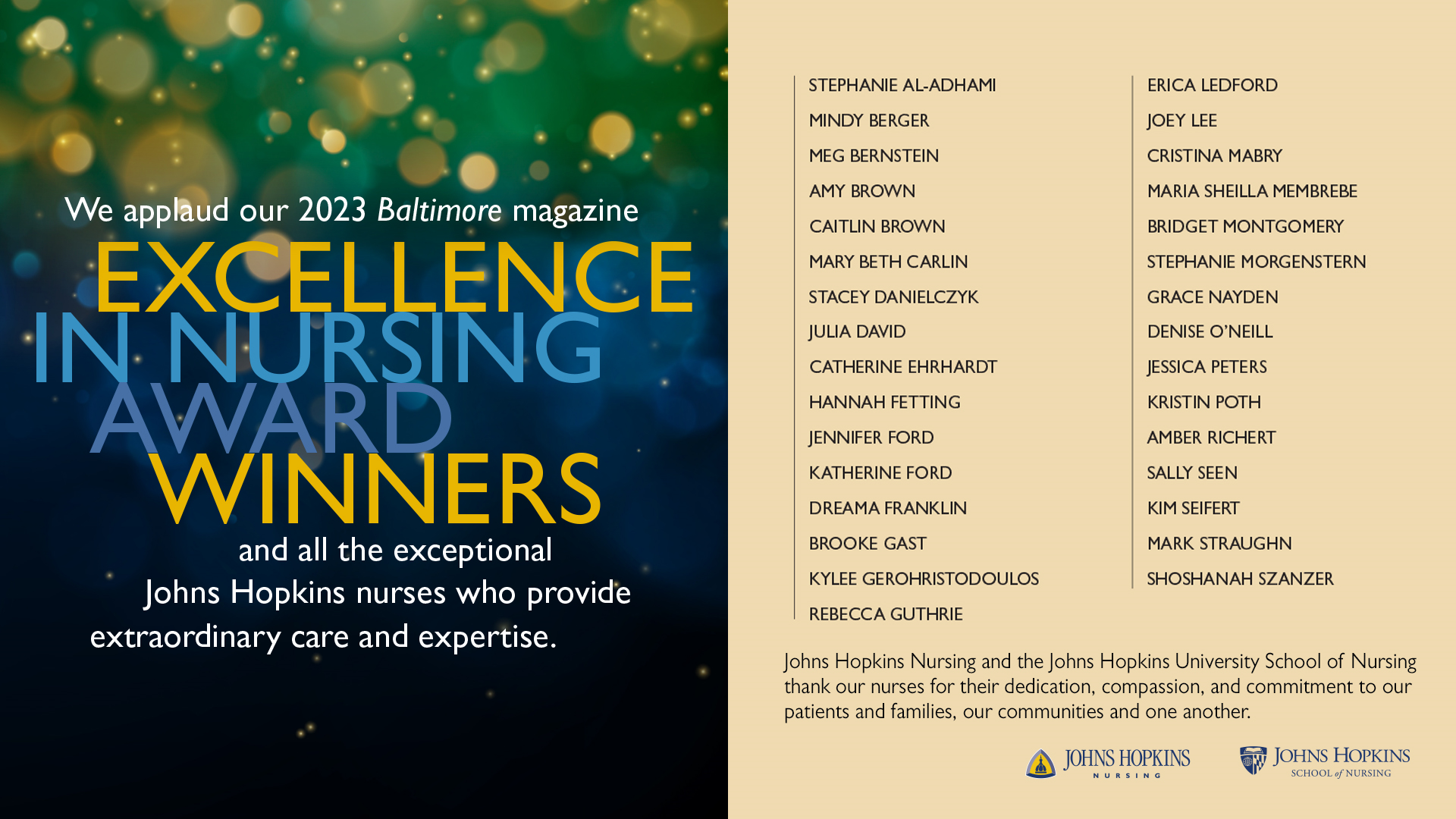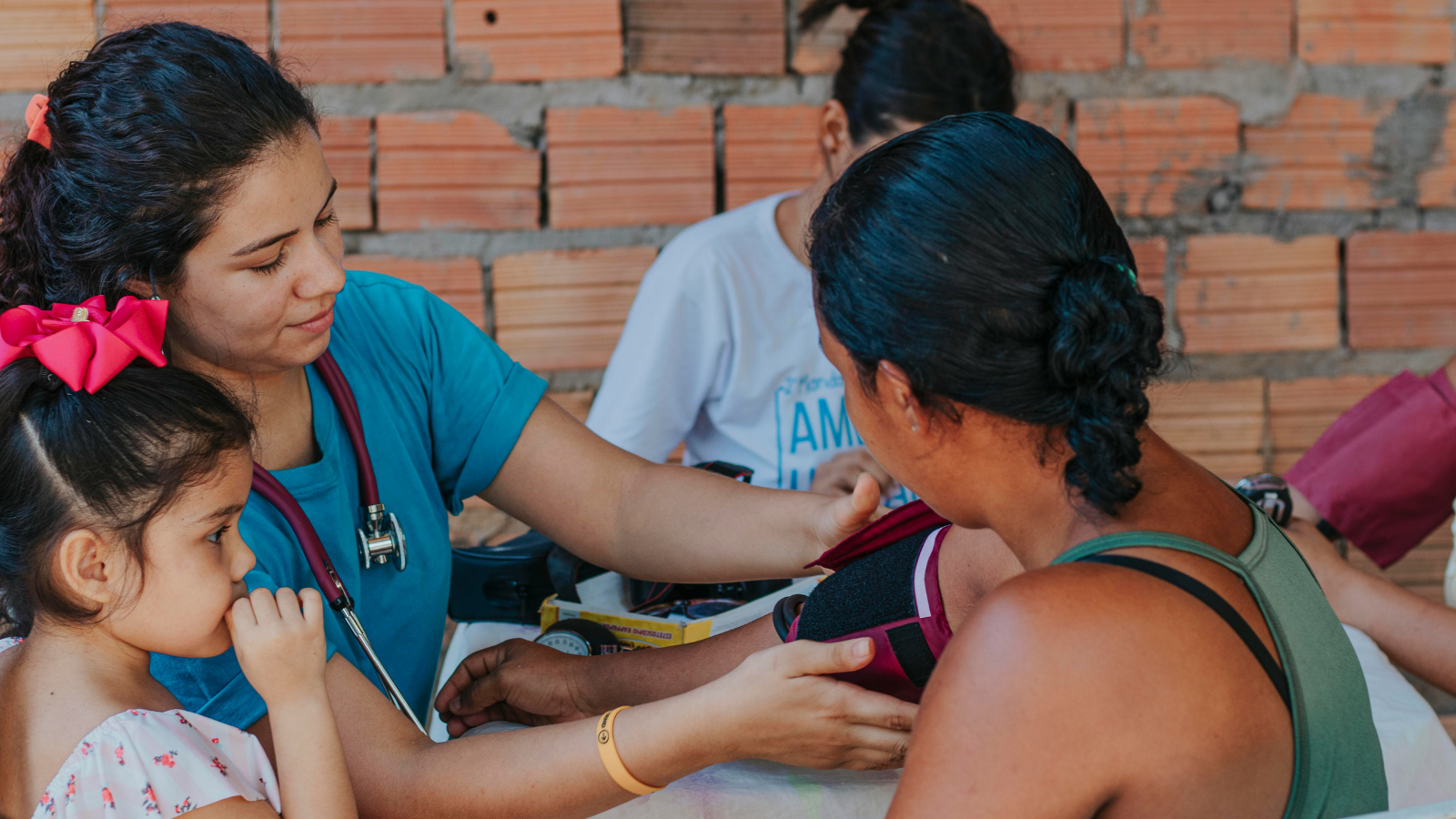
Assistant Professor Janiece Taylor, PhD, RN, thinks back to the clinical nurse she once was, who loved caregiving but wrestled with doubt and struggled to treat pain at a nursing home. She wishes she could have been there in spirit to reassure that nurse, “Don’t give up.”
Something good was coming. “One summer I wanted to get out of New Mexico—I was just young and wanted to travel,” and the University of Texas-Austin had a program teaching undergraduate students about nursing research. She was hooked. Staying at UT-Austin for the PhD program, she began to fall for teaching as well. She says watching students grow, “and knowing I had something to do with that … it’s pretty amazing.”
As a researcher, “just interacting with participants and seeing the impact this research can have” provides a similar jolt, as does the idea that through research, she might one day “be making it just a little bit easier for that brand-new nurse” out there somewhere.
Today, as a developing researcher (“I consider myself so new in the area of pain research”), Taylor lets frustration drive her instead of holding her back. And once again, she feels something good is on the way in the form of her pilot project “working with people in their homes to tailor strategies to help them address their pain above and beyond pharmacology.” She’s hopeful that work in technology by other pain researchers (“tons of apps, virtual reality that they’ve started using with veterans, so many things in the pipeline”) and time are on her side. “There’s plenty of job security for a pain researcher,” she jokes.
And she’s got footsteps to follow. “Hopkins is so much a team effort,” Taylor explains, pointing to colleagues Sarah Szanton, PhD, ANP, FAAN, and Laura Gitlin, PhD, and their success on aging in place and non-pharmaceutical treatment of dementia, respectively. “They address things with that different lens. There is so much room for that in pain research as well. … Because pain really is outside the box.”
She’s not there yet, but the journey is under way. Part of her work is being supported by the Johns Hopkins Building Interdisciplinary Research Careers in Women’s Health Program. And Taylor has learned a few things already:

 Forging Policy: How Can Doulas Improve Black Maternal Health?
Forging Policy: How Can Doulas Improve Black Maternal Health? My First Teachers in Nursing School Weren’t Nurses
My First Teachers in Nursing School Weren’t Nurses JHSON Highlights
JHSON Highlights 2023 Top Nurses
2023 Top Nurses What Works: Community-Led Research Promotes Evidence-Based Strategies to Improve Indigenous Health by Championing Indigenous Nursing Practice
What Works: Community-Led Research Promotes Evidence-Based Strategies to Improve Indigenous Health by Championing Indigenous Nursing Practice






